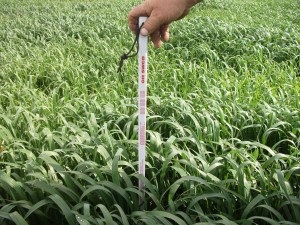
Beginning in 2020, several packers will require BQA Transportation certification of the hauler/drivers delivering cattle to their plants.
By the start of 2020, the major beef cattle processors have requested that any livestock hauler delivering cattle to their facilities be certified in Beef Quality Assurance – Transport (BQAT). Any professional hauler or farmer delivering loads of cattle directly to a processor should plan on attending a BQAT training and certification prior to delivering their first load of cattle in 2020. Much like producer BQA, the goal of the BQAT program is to make sure that cattle transporters are implementing good animal handling and transport practices.
Transportation quality assurance plays a critical role in the Continue reading


